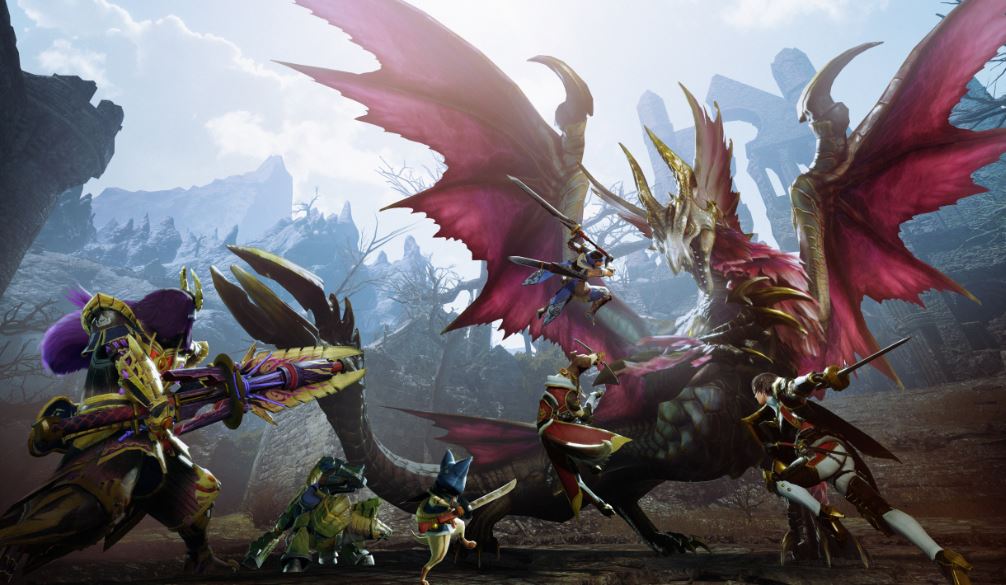The Legend of Tianding Review – A Refreshing Take On The Genre
The Legend of Tianding Review
Almost every culture has a Robin Hood legend amongst their national heroes, and The Legend of Tianding courtesy of Neon Doctrine (publishers of Filipino-developed platformer Jack Axe) tells a story of the titular character Liao Tianding and his quest to mete out justice in Japan-occupied Taiwan at the end of the 19th century.
Just like the English legend, Liao Tianding is the people’s champion who’s a scourge to the Japanese occupants as well as the local ruffians and warlords who’ve taken advantage of their position. The Robin Hood legend plays out quite well (even used in the actual translation of the text), where he steals from the oppressors and gives it back to the oppressed.
Unfortunately, Tianding has learned about his curse that at the end of the year, he will lose his life. Coincidentally, the Japanese police chief has been replaced by an infamous police officer known for his ruthless tactics and cruel prosecution. Will Tianding succumb to his fate or rise up and become the legend to the people of Taiwan?
Yakuza meets Streets of Rage
If there’s a way I can explain this game in a few words, The Legend of Tianding is a Yakuza game in a Streets of Rage package. Every chapter starts with the story and exploration phase, where Tianding will progress the story through the exploration of the city, speaking to its residents, and even doing favors for those who request. Then there’s the beat-em-up phase where Tianding enters a story-specific dungeon where a boss awaits him in the end to complete the chapter.

At first glance, The Legend of Tianding seems like a straightforward game with its phases, but as you progress, you can play the game how you want to. You could return to previous dungeons by accessing the memory vault. Unfortunately, unlike the story-specific dungeons, you can’t save your position in memory dungeons and you’d have to restart the memory when you switch the game off.
You can explore the different towns in The Legend of Tianding, completing fetch quests to gather collectibles, which in turn strengthens your skills. You can strengthen your dagger and collect various talismans that improve your passive skills such as adding a Triple Jump or improving the healing capacities of your meat buns.
In a way, I feel that while The Legend of Tianding may feel like a linear beat-em-up game, it is really much closer to Yakuza‘s interface. While you’re not necessarily going around eating in every eatery and going through weird side stories, there are other mini-games in town such as a card game where you can bet your hard-earned coin and even a way to change the background music while giving money to countless beggars. It’s a low-fi Yakuza that’s surprisingly quite fresh.
Bring a gun to a knife fight
The beat-em-up mechanic of The Legend of Tianding is well-calibrated, allowing for free-flowing combat. You can attack and platform your way into the story-based dungeons and even find treasure in secret rooms. Yet unlike classic games like Streets of Rage, you don’t have to wait for weapons to appear. You can simply steal it from your opponent! From swords, axes, and even guns – whatever the opponent is carrying, you can wield against your adversaries.

You can even equip certain talismans to retrieve a specific weapon, making it so that you either receive rifles or even rocket launchers from every opponent. There are even collectibles that can strengthen or increase the usage of weapons, which allows for some level of strategy.
You’re given three meat buns to heal your wounds, and you have the ability to collect more of that as you progress your game through buying lunch boxes from the restaurant. Collectibles allow you to increase its healing potency maximizing each bun. You can also completely heal up at a save point, saving your buns for a rainy day.
In The Legend of Tianding, the bosses you encounter at the end of every level have their own challenge level, making them more difficult than your normal grunts. They do follow a predictable pattern and with enough hits, will eventually fall to your dagger. Despite feeling like a novelty and a way to progress the story, these fights are quite entertaining and worth the admission price.
The Legendary Warrior-Thief

The Legend of Tianding is an entertaining action/adventure game that takes a tried and tested formula and puts a Taiwanese spin on it to make it fresh. It helps that the classic manga aesthetic really brings out the story and is equally entertaining to boot. I also enjoyed seeing a different Asian perspective on a usually Japanese-dominated genre, which is quite refreshing.
Replayability for The Legend of Tianding may be a little lean as you could finish the game in roughly 8-10 hours. You could increase the difficulty to hardcore, but the difficulty spike is a little steep. While you do lose money when you die (there are collectibles that mitigate this), the game incorporates some roguelite elements to keep it fresh.
I also find that load times are a little long for The Legend of Tianding, especially on the Switch, but once you’ve loaded a map, the momentum transfers pretty easily. Portability is definitely a huge plus for the Switch release, and since The Legend of Tianding isn’t graphically intensive, performance doesn’t take a hit.
What We Liked:
- Original beat-em-up game combining fresh mechanics with classic gameplay.
- Controls are well calibrated allowing for free-flowing combat.
- Town exploration creates a quasi-open world, allowing you to get stronger with collectibles and fetch quests.
- Classic manga art breathing fresh life into the tried and tested Robin Hood story.
What We Didn’t Like:
- Does not hold your position after saving in memory dungeons.
- Loading times aplenty.
Verdict: Buy It!

The Legend of Tianding hands down is one of my favorite indie action/adventure games for the year. It is a tried and tested concept improved by a fresh Taiwanese perspective usually dominated by Western and Japanese influences. You have likeable heroes, fun gameplay mechanics, and a quasi-open world to explore and challenge, making it well worth the price of admission and then some.
Kudos to Neon Doctrine for localizing this game to make it available for a worldwide audience looking for a fresh perspective on the beat-em-up genre. Hopefully, the developers of this game will make a sequel because I’m genuinely curious about where this property will go. With a bigger budget, The Legend of Tianding can easily stand with the best of them.
The Legend of Tianding is now available for the Nintendo Switch and PC.
*The Legend of Tianding was reviewed on a Nintendo Switch OLED with a review code from the publishers.




